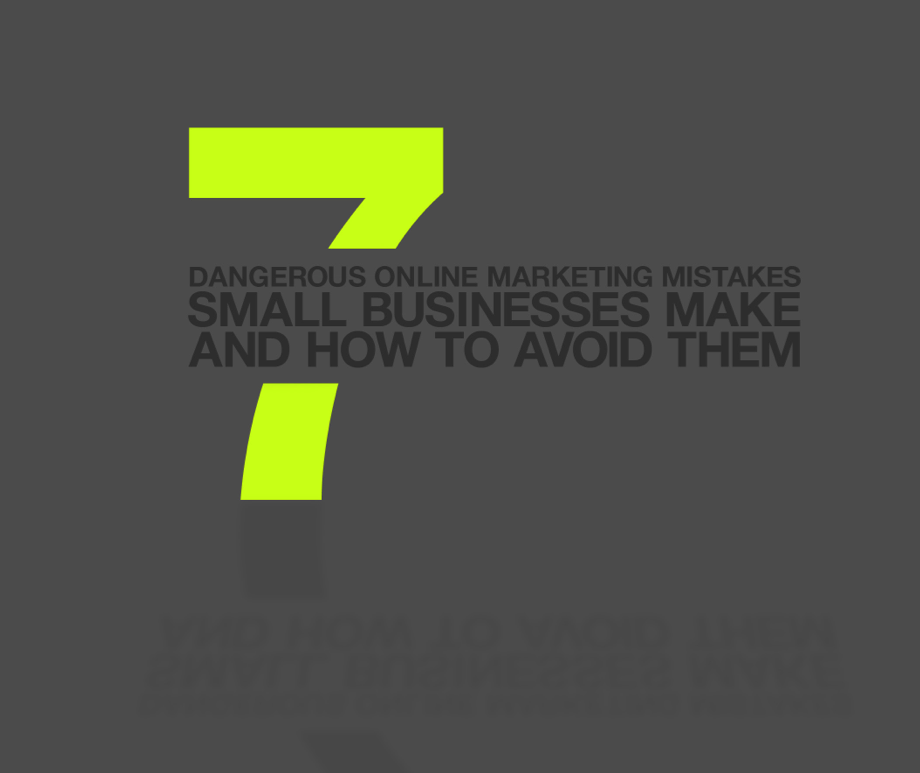OpenAI has just unveiled their new image generator within GPT-4.0, and let me tell you, it’s quite the game-changer! It’s truly impressive how well it responds to prompts, effortlessly blending text and maintaining consistency. Clearly, this is a powerful tool, no doubt about it. When we look at the evolving landscape of photographic tools like Midjourney or Adobe’s Firefly and others, it’s evident that innovation is in full swing.
However, this raises an intriguing question: Are graphic designers now obsolete? Is the art of graphic design losing its worth? In my view, the answer is a resounding no. Allow me to elaborate on that.
VHS
Let’s take a trip down memory lane to the era of VHS. Alongside it emerged a competing technology from Sony called BetaMax. Now, in terms of form and size, BetaMax had its advantages, but the masses chose VHS and propelled it into popularity. Fast forward a few years, and we saw the birth of the DVD, which took the market by storm with its digital format and superior resolution. Then came Blu-ray discs, flaunting Super High Definition (4K) and HDR displays—clearly a quantum leap in quality. Yet, if you were to compare a Blu-ray film to a VHS tape, you might hear someone declare, “The DVD is dead!” And yet, surprisingly, VHS still exists in pockets around the globe.
Let’s consider another example: the chainsaw. Before its invention, every tree was felled using regular saws and axes. One might assume that once chainsaws became widely available and affordable, traditional saws would vanish from the scene overnight. You might even think that homeowners would ditch arborists altogether and go for chainsaws instead. Yet, that’s not the case. People buy chainsaws, yes, but they also hire arborists. The reasoning is clear: while smaller trees can be tackled as DIY projects, larger or more complex jobs carry inherent risks, and folks recognize the value of professional help for those endeavors.
Artificial Intelligence
Many people find themselves puzzled by how artificial intelligence operates. In straightforward terms, AI is a system designed to predict outcomes based on the data inputs it has been trained on. By employing mathematics and statistics, it can generate fairly accurate predictions about what comes next. In essence, this mimics the way humans process information, which can make AI seem a lot like us.
However, the crux of the matter lies in how humans continually reassess our knowledge and beliefs as we encounter new information. We don’t simply accept everything at face value; instead, we develop intricate mental frameworks that help us determine whether we should adjust our beliefs or stay the course. Additionally, we don’t store every piece of information in our brains; we create patterns and prioritize what’s valuable, discarding the rest.
AI systems, on the other hand, work differently. They rely on probabilities, favoring the most likely outcomes over the less likely ones. This approach creates its own set of challenges. Just because something is considered improbable doesn’t mean it’s less likely to be true. In fact, many groundbreaking discoveries arise precisely because previously held beliefs are challenged, and less probable possibilities turn out to be correct.
The new reality
We’re stepping into a new era where AI can empower real human beings in ways we once thought were out of reach. Take GPTs, for instance—they generate outputs based on given inputs, and this process is proving incredibly beneficial. They not only enhance our inputs but also help structure outputs in more effective ways. In the hands of a capable person, GPTs become an extraordinary asset, and I firmly believe they’re an integral part of our future.
However, I take issue with the sentiment that emerges alongside this technology: the notion that human beings, particularly professionals like graphic designers, lawyers, and writers, are becoming obsolete.
Imagine for a moment that I could walk into Lowe’s and buy a kit that completely fixes my leaky sink. I wouldn’t need to call a plumber; I’d simply purchase and use the kit, fixing the sink in minutes and saving a chunk of change. The same concept could extend to my car, my TV, my bike—essentially, a kit for everything! On the surface, it seems great; I could handle everything myself. But here’s the catch: what happens to the things I actually want to do, as opposed to what I feel obligated to do? If I’m preoccupied with fixing every little issue, I wouldn’t have the time to hone my passions—the things that truly excite me and, importantly, bring value to others.
Rather than shoulder every task myself, I’d prefer to engage in what I love and allow others to do the same. We both benefit from our respective talents.
So, let’s be clear: the profession of graphic design isn’t vanishing simply because AI can churn out designs. Over time, graphic designers will harness AI to elevate their work, ushering in a new era of graphic design that holds immense value for companies. The appeal of DIY graphic design will diminish simply because it won’t measure up to the quality and innovation that comes from the fusion of human creativity and artificial intelligence.
Will smaller graphic design tasks eventually disappear from the desks of graphic designers? Absolutely. Just as no one hires an accountant merely to use a scientific calculator, the landscape of professional work is shifting towards exceptionally high standards—higher than we can currently envision. We’ll tackle the smaller projects ourselves, much like cutting down less complicated trees, but when it comes to more complex and riskier tasks, that’s where the professionals will shine, exploring new possibilities and propelling us forward into an exciting future.




